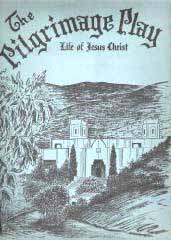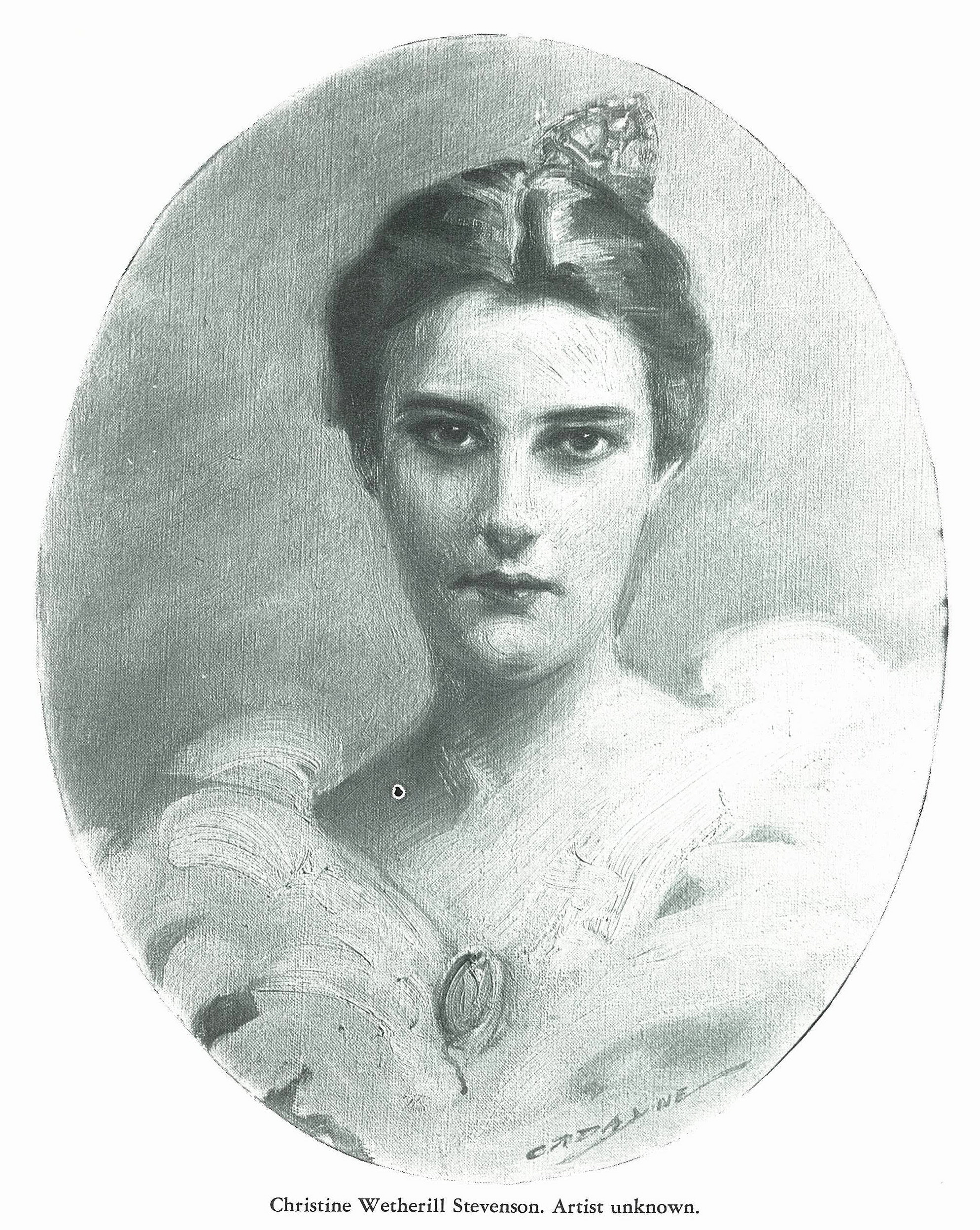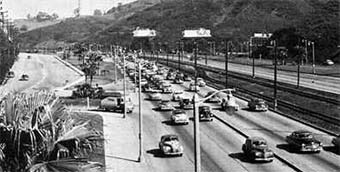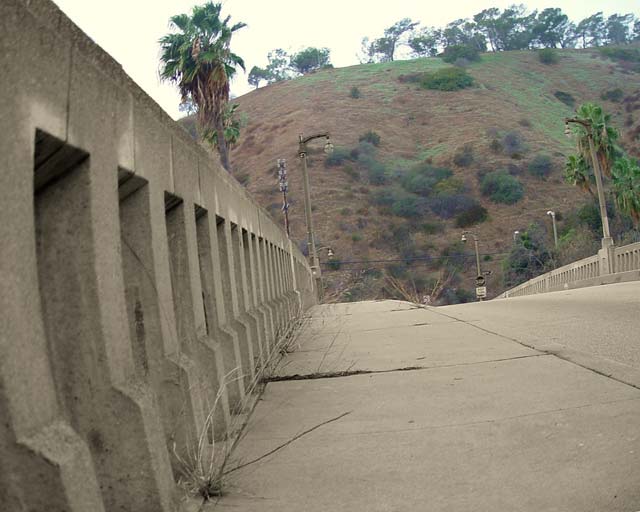

Her dream was to build her own open-air theater and produce her own plays. With Marie Rankin Clarke she formed another Arts Alliance and raised the money to buy a piece of land on Cahuenga Pass called "Daisy Dell" and together they began rehearsing her first play, Light of Asia, which followed the life of Buddha.
The Pilgrimage play was to be the second in a series of seven religious-themed works, but she met resistance from Clarke and others in the group who wanted to expand the venue's themes. Leaving them to form the Hollywood Bowl, she bought 29 acres of land on the other side of Cahuenga Pass to build a new ampitheater for her plays. She named it The Pilgrimage Theatre and created the Pilgrimage Play. The artist in Stevenson saw the dramatic possibilities of using nature as a spiritual setting for The Life of the Christ.

The theater structure was wooden, and was used for performances of the play every summer from 1920 to 1929, when a brush fire (a hazard at even today) destroyed it.

Sadly, though, Stevenson did not live to see her ampitheater become legacy in the area. She died suddenly in 1922, just two years after the theater was built and before she could complete her other plays.
Following the 1929 fire that claimed her wooden structure, the theater was rebuilt, and still used for religious performances for more than 30 years. Today we know it as the John Anson Ford Ampitheater, renamed for the late County Supervisor John Anson Ford.

The present theater, constructed of poured concrete and designed in the style of ancient Judaic architecture to resemble the gates of Jerusalem, was built on the same site and opened in 1931. The Pilgrimage Play was again performed here until 1964, interrupted only by World War II, when the structure was converted to dormitories for servicemen. In 1941 the land was deeded to the County of Los Angeles. The Pilgrimage Play continued to be presented until a lawsuit in 1964 forced its closure because of its religious nature.
Meanwhile, following the completion of the Cahuenga Parkway in the 1940s, Hollywood was rapidly changing. The history of the city of Los Angeles can be read in its road projects.

While the last phase of the Cahuenga Parkway was being completed, work already was underway on building the Hollywood Freeway. The last segment of the freeway, built in 1954, connected to the south end of the original Cahuenga Parkway. The completion of the Hollywood Freeway necessitated the demolition of the 1940 tunnel connection under the Pacific Electric Railroad tracks between the Pilgrimage bridge and Odin Street. In addition, since the Pacific Electric Railroad had ceased operation in 1944, the area that it had occupied in the median was reconstructed to accommodate traffic from northbound Highland Avenue. In 1957, when the Hollywood Freeway was extended northwesterly of Lankershim Boulevard, the northbound on-ramp, northbound off-ramp and southbound on-ramp at Barham Boulevard were abandoned. The abandoned ramps have remained preserved since that time.
Cahuenga Pass will always be haunted by the spirit of Christine Wetherill Stevenson. In her ampitheater, in 2005 the Cornerstone Theater Company concluded its 4-year series of plays "addressing how faith unites and divides Los Angeles" with the performance of "A Long Bridge." The play was presented as a modern interpretation and reaction to Stevenson's original play, as described by its author, James Still: “The way we start is with the entire cast coming out as ghosts from the original 1920 ‘Pilgrimage Play,’ They think they are there to perform their show, but they realize that the world has changed. So they decide to perform a new ‘Pilgrimage Play,’ incorporating all of these faiths,"
Then there is the Pilgrimage Bridge, named for its service as connection to the service roads over the Cahuenga Parkway/Hollywood Freeway leading to the site of the one-time Pilgrimage Theatre.

After her death in 1922, Christine Wetherill Stevenson's friends erected a stone cross in her memory. It stood on the hill over-looking the theater and has no official name, but is referred to as "The cross on Cahuenga". Originally it was lit only during Easter when the "Pilgrimage Play" was performed.
For a while, Southern California Edison footed the bill that kept the cross lit. Then in 1941 the cross was given to the county when the Pilgrimage Theater was renamed the John Anson Ford Ampitheatre. In 1965 the cross was damaged by fire and was replaced by a new cross, made of steel and Plexiglas.

By 1980 church and state politics again got in the way of the county's support of the cross. This prompted Hollywood Heritage to step in and purchase the site. Within four years the cross suffered the detrimental effects of vandalism, followed by a windstorm, which knocked it over.
The following year, 1985, volunteers erected a new cross 17-feet in height. In 1993 High Adventure Ministries built the current cross standing 33 feet tall. Finally, in 1997, the Church on the Way took over the care and maintenance of the cross on the Cahuenga Pass. Today it still towers above the audience at both the Holly Bowl and the Ford Ampitheater.
For more information on LA theatres see Bill Counter's Excellent Website!